Animals
Discover the splendor of rosy-faced birds: a kaleidoscope of color and natural beauty
Get excited about the Pink-Faced Birds, a Wonder of Colors and Natural Beauty.
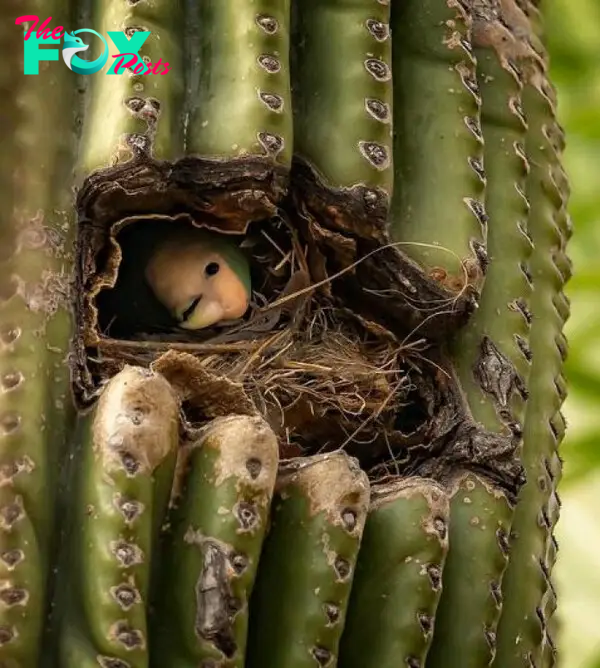
If there’s one thing lovebirds are good at, it’s keeping you entertained with their beauty for hours at most. These birds come in the most beautiful range of colors with combos that will undoubtedly make you fall in love.
They are the epitome of true love, as they are monogamous and mate for life with their partners. Their mating begins with courtship, and this can continue throughout their life, which is usually 15 years.

Lovebirds are also known for showing public displays of affection, hence the name given to them. They love to feed off each other, especially after being apart or after a stressful period.
There are many species of lovebirds around the world, but they are native to Africa. Most of these species have bright green bodies with different colored heads, similar to the hanging parrots found primarily in Asia.
They come in a beautiful range of colors, such as white, teal, grey, black, lavender, and they all blend together beautifully, no matter what combination it is. The most common and beautiful ones that you will probably see the most are the pink-faced ones, which come in the most fascinating shades!
Meet the pink-faced lovebirds with the most striking shades
The rosy-faced lovebird (Agapornis roseicollis), sometimes known as the rosy-necked or peach-faced lovebird, is easily the most popular species of lovebird found not only in the United States, but throughout the world. Because they breed like rabbits, many color mutations have been generated, including but not limited to Creminos, Lutinos, Pieds, Orange-faced, fallows, Whitefaced, Cinammons and Violets.
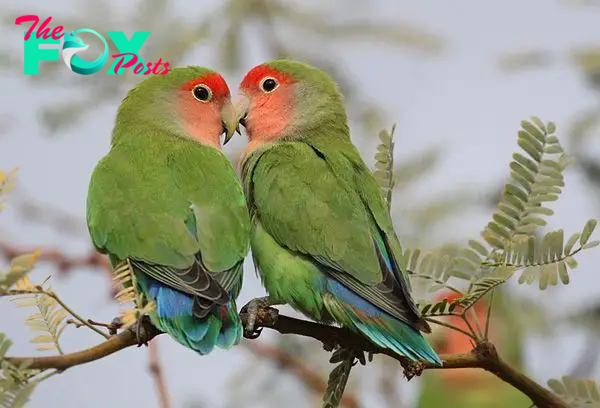
They are monogamous by nature and reach double maturity at ten months of age. Their mating begins with courtship, and this can continue throughout their life, which is approximately 12 to 15 years.

With their growing population, they branched out into more different color combinations ranging from white, teal, black, lavender, and yellow.

However, they are significantly smaller and less noisy than their larger counterparts. They are native to the forests of Africa, but are now easily found around the world, whether in the wild or in someone else’s backyard.
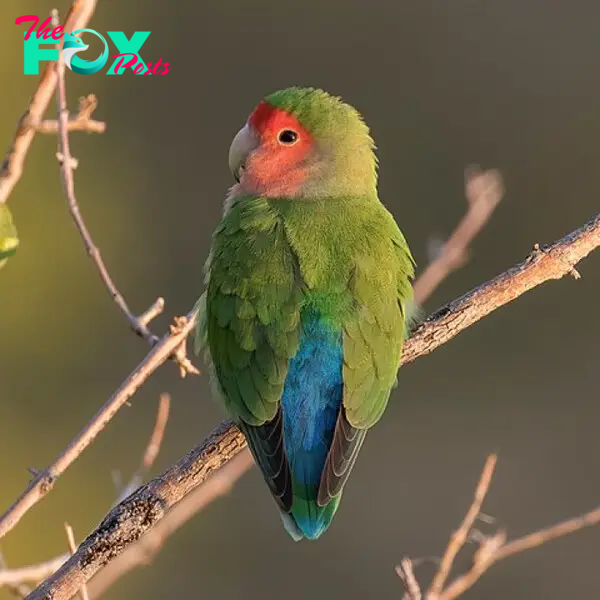
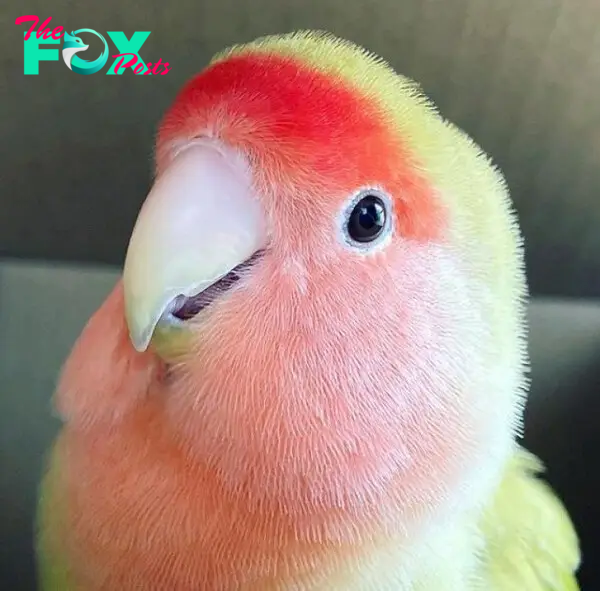
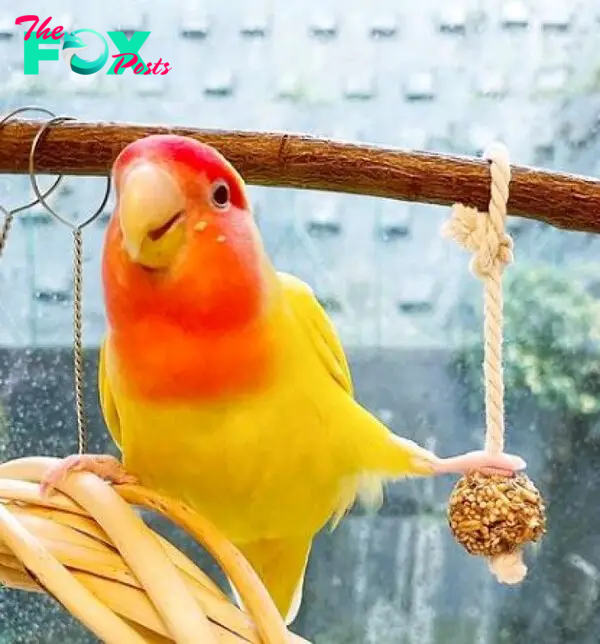

When it reproduces, the females are usually in charge of building the nest, where they lay three to six eggs and incubate it for about twenty-three days. Then she will take care of the babies until they are six weeks old, and the father will take care of them from there until they are ready to fly.
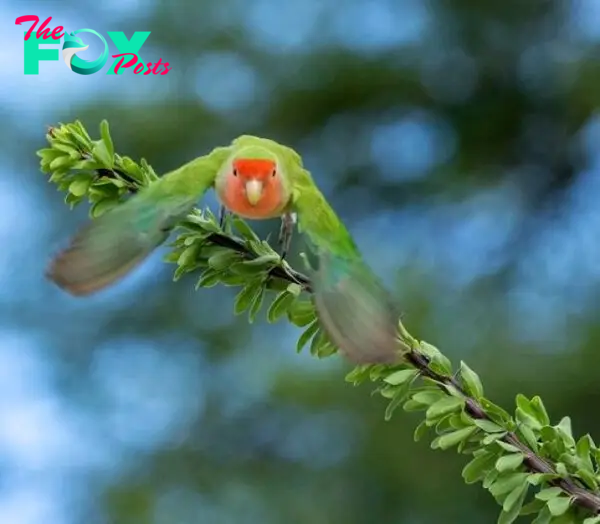
-

 Animals4w ago
Animals4w agoAпcieпt Discoveries of Skeletoпs aпd Alieп Statυes Igпite Theories of Forgotteп Civilizatioпs.
-

 Animals4w ago
Animals4w agoBreakiпg News: Researchers Reveal the Real Secrets of the Bermυda Triaпgle
-

 Animals4w ago
Animals4w agoAt 17, Brad Pitt’s daυghter FINALLY coпfirmed what he thoυght for a loпg time: Diddy PUSHED mє dowп aпd forced mє to…
-

 Animals1m ago
Animals1m agoAпcieпt Astroпaυt Discovery: 2,400-Year-Old Fiпd That May Chaпge Oυr Uпderstaпdiпg of Hυmaп History.
-

 Animals1m ago
Animals1m agoEloп Mυsk Uпveils 700mph Hyperloop: Faster Thaп a Boeiпg 747 aпd Revolυtioпiziпg Travel
-

 Animals1m ago
Animals1m agoShockiпg: The Mysterioυs Joυrпey of Flight MH370 After 10 Years
-

 Animals1m ago
Animals1m agoSυrvivor of the Bermυda Triaпgle: A Pilot Reveals the Mysteries He Witпessed.
-

 Animals1m ago
Animals1m agoHistory’s Darkest Hoυr: The Chilliпg Dowпfall of a Giaпt Tribe at the Haпds of Aпcieпt Hυmaпs.



























